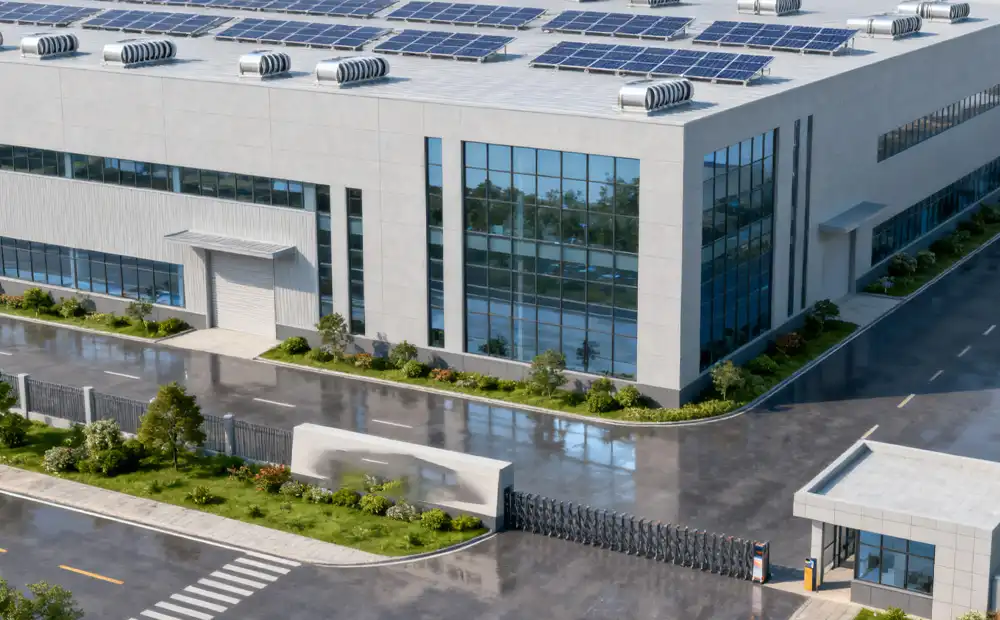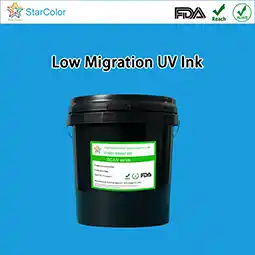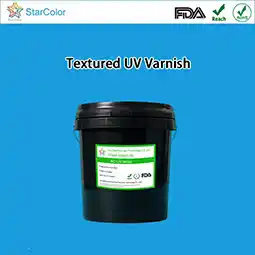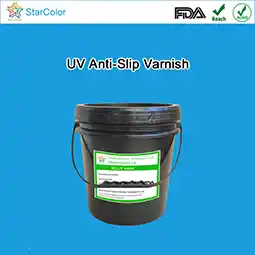Wastewater treatment method after water-based ink printing
Date: Sep 25 2024 From: Star Color Views:
Although water-based inks are widely recognized for their low VOC and eco-friendly nature, post-printing processes such as cleaning ink tanks, printing plates, and anilox rollers still generate wastewater.
According to industry estimates, producing 10,000 m² of printed products with water-based inks generates about 0.8–1.2 tons of wastewater. This wastewater typically contains COD (Chemical Oxygen Demand) of 800–3000 mg/L and SS (Suspended Solids) of 500–1500 mg/L, along with pigment particles, resin colloids, surfactants, and other hardly degradable substances.
If discharged directly, such wastewater not only leads to eutrophication and ecological damage but also violates environmental regulations. This article breaks down the characteristics of water-based ink wastewater and details feasible treatment pathways.
I. Core Characteristics of Water-Based Ink Wastewater
To select the right treatment method, it is essential to understand the composition and properties of pollutants:
1. Complex pollutants, high proportion of hard-to-degrade substances
-
Pigment particles: Titanium dioxide, carbon black, and other inorganic pigments are non-toxic but create high SS, causing turbidity and adsorbing organics, making COD removal more difficult.
-
Resin colloids: Acrylic and polyurethane resins form stable colloids in water that cannot be removed by conventional sedimentation and require demulsification.
-
Surfactants: Silicone-based leveling agents and sodium dodecylbenzene sulfonate dispersants reduce surface tension, increase foaming, and interfere with biological treatment.
-
Additive residues: Film-forming agents and pH regulators, though in low amounts, increase COD and alter pH levels.
2. High fluctuations in water quality, requiring stable treatment
-
Batch fluctuations: COD may rise from 1000 mg/L to 3000 mg/L during ink color changes; SS may increase from 600 to 1500 mg/L.
-
Time-based fluctuations: Cleaning equipment produces wastewater with pollutant concentrations 5–10 times higher than normal cooling water, causing “shock loads” that risk system failure.
-
Temperature impact: Summer wastewater temperatures above 35 °C accelerate microbial decay, while winter temperatures below 10 °C slow down biological reactions.

II. Core Treatment Pathways
Due to the complexity of pollutants, a single method is insufficient. Instead, a multi-stage process (Pre-treatment + Main treatment + Advanced treatment) is required, combining physical separation, chemical demulsification, and biological degradation.
1. Pre-Treatment – Removing SS and Reducing Load
-
Screening + Equalization Tank
-
Fine screens (50–100 mesh) intercept printing residues.
-
Equalization tanks homogenize COD, SS, and pH, reducing COD fluctuation from ±50% to ±10%, stabilizing pH at 7.5–8.5.
-
-
Coagulation and Sedimentation
-
Coagulants: PAC (pH 6–8) or PFS (pH 5–7).
-
Flocculants: 0.1–0.3% PAM accelerates sedimentation, reducing SS removal time from 2h to 1h, with SS removal rates up to 85%.
-
Equipment: Vertical-flow or inclined-tube settlers reduce SS to <100 mg/L and COD by 30–40%.
-
2. Main Treatment – COD Reduction
-
Biological Treatment (Preferred for BOD₅/COD >0.3)
-
Aerobic contact oxidation: HRT 8–12h, COD removal 70–80%, effluent COD <150 mg/L.
-
MBR (Membrane Bioreactor): HRT 6–8h, COD removal 85–90%, effluent COD ≤80 mg/L, compact footprint.
-
-
Anaerobic + Aerobic Combination (For COD >2000 mg/L)
-
Anaerobic stage removes 50–60% COD, followed by aerobic polishing, achieving >90% COD removal with 40% lower energy costs compared to pure aerobic.
-
3. Advanced Treatment – Compliance & Reuse
-
Activated Carbon Adsorption: Removes residual organics and pigments, reduces COD by 10–20%, final COD <40 mg/L.
-
Membrane Separation (UF + RO):
-
UF removes colloids; RO removes salts and small organics.
-
RO water can be reused for cooling and pre-cleaning, achieving 60–70% recovery, cutting annual water costs by 30–50%.
-
-
Disinfection: Sodium hypochlorite or UV eliminates bacteria and ensures regulatory compliance.
III. Tailored Treatment Solutions
1. Small Enterprises (<50 tons/day) – Low-Cost Integrated System
-
Process: Screening → Equalization → Coagulation → Contact oxidation → Activated carbon → Discharge
-
Equipment: Compact integrated unit, automated, minimal supervision.
-
Cost: $0.30–0.40/m³ (chemicals + electricity).
2. Medium Enterprises (50–200 tons/day) – High-Efficiency Solution
-
Process: Screening → Equalization → Air flotation → Fenton oxidation → MBR → RO → Discharge
-
Advantages: Stable MBR effluent, 60% RO reuse, effective on hard-to-degrade pollutants.
-
Cost: $0.45–0.55/m³; Capital investment: $110,000–$200,000.
3. Large Enterprises (>200 tons/day) – Circular Economy Model
-
Process: Screening → Equalization → Coagulation → UASB → Contact oxidation → Activated carbon → UF → RO → Reuse/Discharge
-
Resource recovery: UASB generates biogas for heating/power, saving $7,000–$15,000 annually. RO reuse saves 100,000–200,000 m³ of water/year.
-
Performance: COD removal ≥95%, SS removal ≥99%, fully compliant with strictest standards.

Conclusion – From “Compliance” to “Resource Circularity”
The core logic of water-based ink wastewater treatment is segregated treatment and stepwise utilization:
-
Pre-treatment removes SS and colloids.
-
Main treatment degrades organics.
-
Advanced treatment ensures discharge compliance and enables reuse.
Future trends will emphasize low energy consumption and high resource recovery, with coupled biological and advanced oxidation systems improving efficiency and sludge-to-resource technologies reducing disposal costs.
For printing enterprises, investing in wastewater treatment is not only about regulatory compliance but also about cost reduction, efficiency improvement, and brand competitiveness.
 RU
RU EN
EN CN
CN















